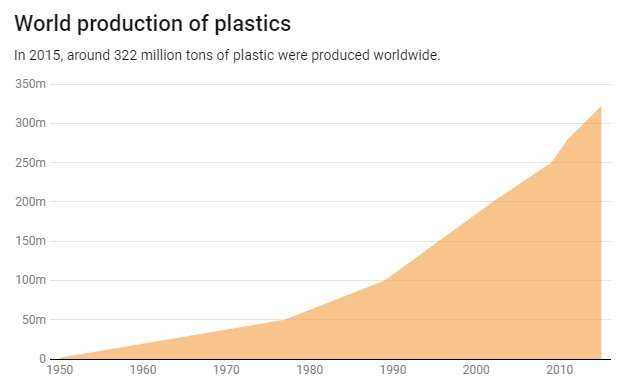
World War II was a time of immense upheaval and innovation. The need for durable, lightweight materials became increasingly crucial as nations sought to equip their troops and improve their war machinery. Plastic emerged as a versatile and essential resource during this time, playing a significant role in various aspects of the war effort.
Plastic production skyrocketed to meet the demands of the war, with factories around the globe shifting their focus to the production of plastic materials. Prior to the war, plastic was primarily used for decorative purposes or in limited industrial applications. However, its unique properties – lightweight, insulating, and resistant to chemicals – made it ideal for military applications.
One of the most important uses of plastic during World War II was its application in aircraft manufacturing. Plastic components, such as canopies and panels, were used to replace heavy and fragile glass, reducing weight and increasing fuel efficiency. This innovation allowed planes to fly faster and carry more weapons, giving allied forces a significant advantage in combat.
Plastic also played a vital role in the production of essential equipment and supplies for troops. Waterproof and durable plastic materials were used to create items like canteens, gas masks, and helmet liners, providing better protection and functionality for soldiers on the front lines. Similarly, plastic was used in the production of radio equipment, allowing for more reliable communication among troops.
Furthermore, plastic was instrumental in the medical field during the war. Plastic materials were used for prosthetics and artificial limbs, helping injured soldiers regain their mobility and independence. Plastic-based bandages and splints were also developed, offering innovative solutions for the treatment and care of wounded troops.
In conclusion, plastic became a vital resource during World War II, revolutionizing various aspects of the war effort. Its versatility and unique properties made it an essential material in the production of aircraft, military equipment, and medical supplies. The widespread adoption of plastic during this time laid the foundation for its future applications in various industries and everyday life.
- Impact of Plastic Usage During World War II
- 1. Military Equipment and Supplies
- 2. Medical Advancements
- 3. War Propaganda
- 4. Industrial Applications
- Emergence of Plastic Materials
- Acrylic
- Polyethylene
- Plastic in the Medicine Field
- Medical Devices
- Hygiene and Infection Control
- Role of Plastic in Military Operations
- 1. Camouflage
- 2. Transportation and Storage
- Contribution of Plastics to Industrial Production
- Benefits of Plastic in Industrial Production
- Applications of Plastics in Industrial Production
- Plastic in Communication and Transportation
- Post-War Plastic Boom and Long-lasting Effects
- Q&A:
- How did World War II affect the use of plastic?
- What were some specific uses of plastic during World War II?
- Why was plastic preferred over other materials during the war?
- Did the use of plastic during World War II have any long-term effects?
- How did plastic usage during World War II contribute to technological advancements?
- How was plastic used during World War II?
Impact of Plastic Usage During World War II
Plastic usage during World War II had a significant impact on various aspects of society and the war effort. Here are some key areas where plastic played a crucial role:
1. Military Equipment and Supplies
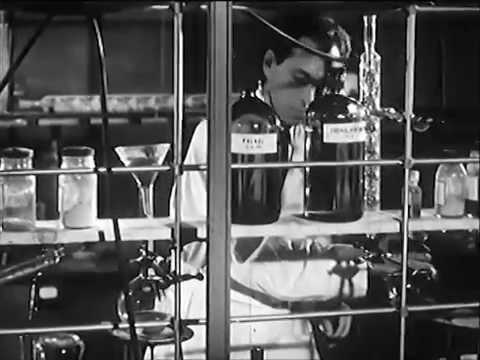
Plastic materials were used extensively in the production of military equipment and supplies. Its lightweight and durable nature made it suitable for creating helmets, canteens, gas mask components, and various other items necessary for soldiers on the battlefield. Plastic also helped in the creation of explosive containers and insulation for wiring.
2. Medical Advancements
Plastic revolutionized medical practices during the war. It was utilized in the development of surgical instruments, artificial limbs, and other medical devices. The ability to mold and shape plastic provided innovative solutions for treating wounded soldiers and improving overall healthcare delivery during the war.
3. War Propaganda
Plastic was also used for war propaganda purposes. Various figures, toys, and models made from plastic were produced to boost morale, educate the public, and generate support for the war effort. These plastic items served as reminders of the war and helped shape public opinion.
4. Industrial Applications
During World War II, the demand for plastic increased, leading to advancements in its production and industrial applications. Plastic usage expanded beyond the military domain, finding its way into everyday items such as radios, telephone cases, and household appliances. This helped fuel the growth of the plastics industry and laid the foundation for its widespread adoption in the post-war era.
In conclusion, the impact of plastic usage during World War II was significant and far-reaching. Its contributions to military equipment, medical advancements, war propaganda, and industrial applications played a crucial role in the war effort and paved the way for future developments in the plastics industry.
Emergence of Plastic Materials
The emergence of plastic materials played a crucial role during World War II. Prior to this time, the most commonly used materials for various purposes were metals, wood, and glass. However, the urgent need for lightweight, durable, and versatile materials for military equipment and other essential supplies led to the rapid development and utilization of plastics.
During the war, plastic materials like nylon, acrylic, and polyethylene became indispensable due to their exceptional properties. Nylon, for example, was extensively used for making parachutes, tents, and other military gear. Its high strength, lightweight nature, and resistance to chemicals and weather conditions made it an ideal material for these applications.
Acrylic
Another important plastic material that emerged during this time was acrylic. Acrylic, known for its optical clarity and shatter resistance, was utilized for manufacturing aircraft canopies, bomber noses, and gun turrets. Its ability to provide excellent visibility, coupled with its durability, made it a valuable material for military operations.
Polyethylene
Polyethylene, on the other hand, found its application in the production of gas masks, floatation devices, and electrical insulation. Its flexibility, resistance to chemicals, and water-repellent properties made it highly suitable for these purposes.
The emergence of plastic materials not only fulfilled the wartime needs but also left a lasting impact on various industries post-war. The innovation and advancements in plastic technology during this time paved the way for a wide range of applications in industries like packaging, construction, electronics, automotive, and more. Plastic became a preferred material due to its cost-effectiveness, versatility, and ease of production.
In conclusion, the emergence of plastic materials during World War II revolutionized the manufacturing industry. The urgent demand for lightweight and durable materials for wartime purposes led to the rapid development and utilization of plastic materials such as nylon, acrylic, and polyethylene. These materials proved to be essential for military operations and left a lasting impact on various industries post-war.
Plastic in the Medicine Field
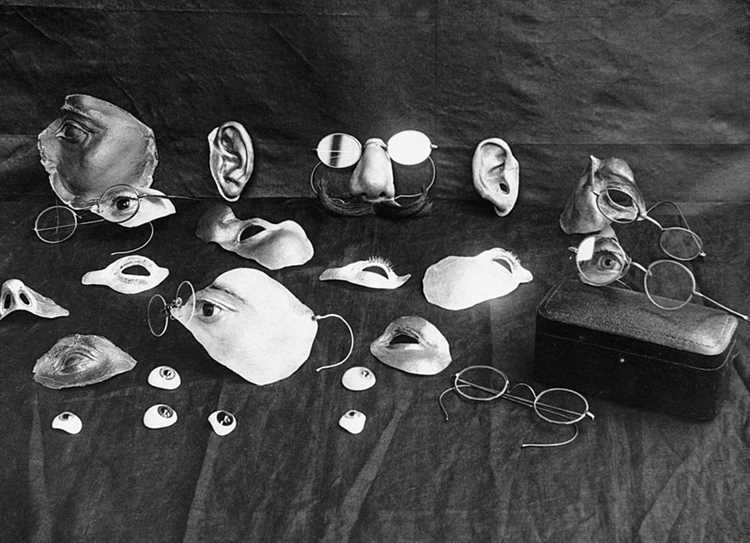
Plastic revolutionized the medicine field during World War II with its wide range of applications. This versatile material became an essential component in various aspects of medicine, from manufacturing medical devices to improving patient care.
Medical Devices
Plastic played a crucial role in the development and advancement of medical devices during the war. Its lightweight and durable properties made it an ideal material for producing prosthetic limbs, surgical instruments, and equipment. Plastic artificial limbs provided amputees with increased mobility and functionality, improving their quality of life.
Hygiene and Infection Control
Plastic also made significant contributions to hygiene and infection control in medical settings. Disposable plastic products, such as gloves, syringes, and packaging, helped minimize the risk of contamination and the spread of infectious diseases. These innovations improved overall patient safety and reduced the chance of post-operative complications.
| Advantages of Plastic in the Medicine Field | Disadvantages of Plastic in the Medicine Field |
|---|---|
| Lightweight and durable | Potentially harmful environmental impact |
| Flexible and easily moldable | Possible leaching of chemicals |
| Cost-effective production | Difficulty in recycling |
While plastic offered numerous advantages in the medical field, it also had drawbacks. Its potential environmental impact and the difficulty in recycling posed challenges. Additionally, there were concerns about the leaching of chemicals from plastic materials.
Overall, plastic revolutionized the medicine field during World War II, providing new possibilities for medical devices, hygiene, and infection control. Despite the drawbacks, plastic’s contributions to medicine cannot be underestimated, and its continued use in the field demonstrates its significance and value.
Role of Plastic in Military Operations
Plastic played a significant role in military operations during World War II. The innovative and versatile nature of plastic made it an essential material for various wartime applications. From weaponry to equipment, plastic provided valuable solutions that helped in the successful execution of military strategies.
1. Camouflage
Plastic was extensively used in the creation of camouflage materials and equipment. Its ability to be molded into different shapes and colors made it ideal for creating disguises that blended seamlessly with the natural environment. Plastic mesh was used to create camouflage nets that concealed military installations, vehicles, and even soldiers.
2. Transportation and Storage
Plastic containers and packaging materials revolutionized transportation and storage during the war. Lightweight and durable, plastic containers were used to safely transport ammunition, medical supplies, and other essential resources. Plastic drums provided airtight and waterproof storage, protecting vital supplies from damage due to moisture and exposure to the elements.
Furthermore, plastic was used for fuel tanks in aircraft and even submarines. Its resistance to corrosion made it an ideal material for storing and transporting fuel, ensuring the uninterrupted operations of military vehicles and vessels.
In conclusion, plastic played a multifaceted and vital role in military operations during World War II. From providing effective camouflage solutions to revolutionizing transportation and storage, plastic proved to be an invaluable resource that contributed to the overall success of military strategies on various fronts.
Contribution of Plastics to Industrial Production
During World War II, plastics played a crucial role in the industrial production of various goods and materials. The versatility and durability of plastic made it an ideal substitute for traditional materials such as metal, wood, and glass. This resulted in a significant increase in the use of plastics across different industries.
Benefits of Plastic in Industrial Production
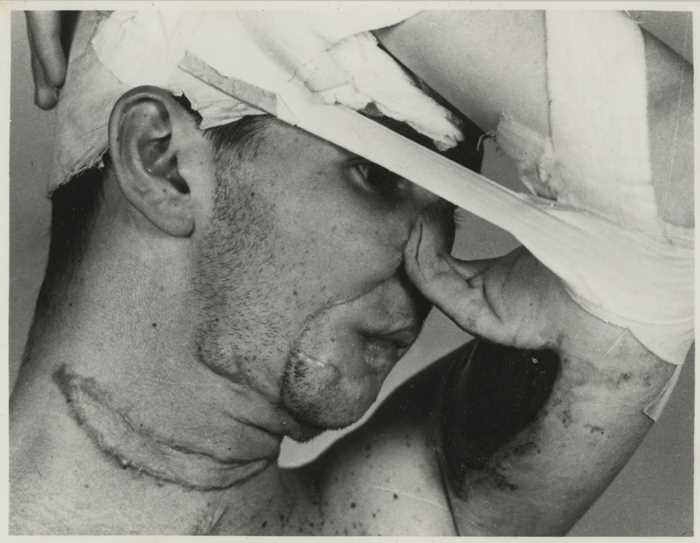
Plastics brought several advantages to industrial production, including:
- Lightweight: Plastics are much lighter compared to metals, making them easier to transport and handle in manufacturing processes.
- Flexibility: Plastics can be molded into different shapes and sizes, providing flexibility in design and enabling the production of customized products.
- Resistance: Plastic is resistant to corrosion, chemicals, and weather conditions, making it suitable for various applications in industries such as automotive, construction, and packaging.
- Cost-effective: Plastics are generally cheaper to produce and manufacture compared to traditional materials, contributing to overall cost reduction in industrial production.
Applications of Plastics in Industrial Production
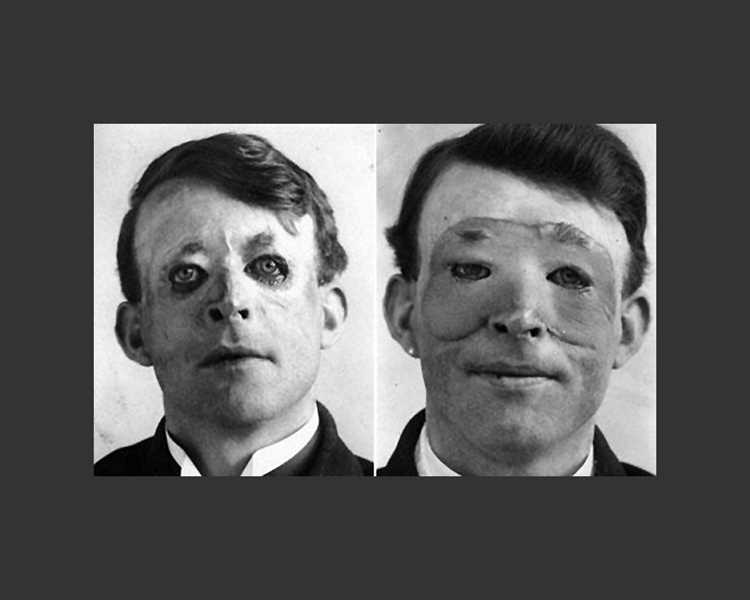
The use of plastics in industrial production was extensive and encompassed various sectors:
| Industry | Applications |
|---|---|
| Automotive | Dashboard components, seat coverings, insulation, and interior trim |
| Electronics | Casing for electronics devices, cable insulation, and connectors |
| Construction | Pipes, fittings, insulation materials, and window frames |
| Packaging | Bottles, containers, films, and bags |
| Textile | Synthetic fibers, clothing, and upholstery |
Overall, the contribution of plastics to industrial production during World War II revolutionized manufacturing processes, allowing for increased efficiency, cost savings, and a wide range of applications across various industries.
Plastic in Communication and Transportation
Plastic played a significant role in communication and transportation during World War II. This versatile material revolutionized various aspects of these fields, providing durable and efficient solutions.
One of the most notable uses of plastic was in the production of military communication devices. Plastic was used to create lightweight and portable radios, telephones, and walkie-talkies. These devices were essential for effective communication between troops and command centers, allowing for quicker and more efficient coordination on the battlefield.
Plastic also played a crucial role in the manufacturing of aircraft during the war. It was used for various components, such as cockpit canopies, wingtips, and engine cowlings. Plastic offered advantages such as improved aerodynamics, reduced weight, and increased durability, making it an ideal material for aircraft construction.
In addition to communication and aircraft, plastic found its way into the transportation sector. It was used to produce essential items such as tires, fuel tanks, and vehicle body parts. The lightweight nature of plastic made vehicles more fuel-efficient and increased their overall performance.
Moreover, plastic was also used in the production of road signs and traffic lights. The durability and weather resistance of plastic made these traffic control devices more long-lasting and reliable, ensuring the smooth flow of traffic even in harsh conditions.
Overall, plastic’s versatility and durability made it a valuable asset in communication and transportation during World War II. Its contributions in these areas not only improved efficiency but also played a significant role in the victory of Allied forces.
Post-War Plastic Boom and Long-lasting Effects
After World War II, the plastic industry experienced a tremendous boom due to the technological advancements made during the war. Plastics played a crucial role in the rebuilding of war-torn countries and in the development of consumer goods.
Plastic became a symbol of modernity and convenience, as it was lightweight, durable, and could be mass-produced at a low cost. This led to the widespread adoption of plastic in various industries, including packaging, construction, automotive, and electronics.
The post-war plastic boom had a profound impact on society and the environment. On one hand, plastic revolutionized the way products were manufactured and consumed, making goods more accessible and affordable. It also created jobs and stimulated economic growth.
However, the long-lasting effects of plastic consumption and disposal became evident over time. Plastic waste became a major environmental issue, as it does not biodegrade and often ends up in landfills, oceans, and other natural habitats. The accumulation of plastic waste has led to pollution, harm to wildlife, and disruption of ecosystems.
Furthermore, the production of plastic contributes to greenhouse gas emissions and the depletion of fossil fuels, which are used as raw materials. The reliance on single-use plastics has also led to a throwaway culture, where products are used once and then discarded.
Efforts to mitigate the negative effects of plastic usage have been made in recent years, such as recycling initiatives and the development of biodegradable plastics. However, the post-war plastic boom and its long-lasting effects serve as a reminder of the need for sustainable alternatives and responsible consumption.
Q&A:
How did World War II affect the use of plastic?
World War II greatly increased the use of plastic due to its versatility and durability. It was used in a wide range of applications, such as aircraft parts, helmets, gas masks, and vehicle tires.
What were some specific uses of plastic during World War II?
Plastic was used in various ways during World War II. It was used to make aircraft canopies, radio casings, radar antennas, and even submarine periscopes. Additionally, plastic was used for military vehicle parts, such as gas tanks and tire inner tubes.
Why was plastic preferred over other materials during the war?
Plastic was preferred over other materials during World War II because it was lightweight, strong, and could be easily molded into different shapes. It was also resistant to moisture and chemicals, making it highly suitable for military applications.
Did the use of plastic during World War II have any long-term effects?
The use of plastic during World War II had significant long-term effects. It led to the development and advancement of plastic manufacturing processes, which revolutionized various industries. Plastic became a popular material for consumer goods, packaging, and construction, leading to increased environmental concerns regarding plastic waste.
How did plastic usage during World War II contribute to technological advancements?
The usage of plastic during World War II contributed to technological advancements by pushing the boundaries of plastic manufacturing and engineering. The need to develop lightweight and durable plastic products for military purposes led to the innovation of new techniques and materials, which eventually found applications in other industries.
How was plastic used during World War II?
Plastic was used extensively during World War II for a variety of purposes. It was used to make helmets, aircraft canopies, vehicle parts, and insulation for electrical equipment. It also played a crucial role in the production of radios, telephones, and radar equipment.